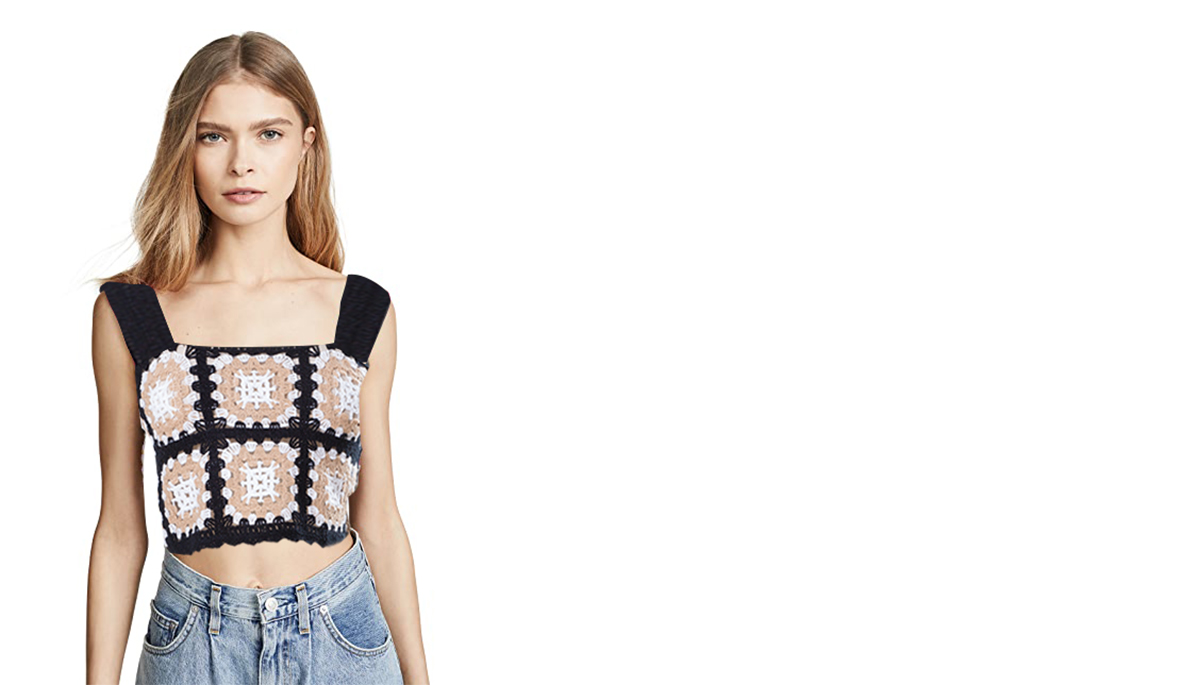If you are interested in some of our products, please feel free to visit our website or contact us for detailed information.
The beach cover-up market has experienced significant transformations over the years due to shifting fashion preferences and growing sustainability concerns within the fashion industry. Traditionally, beach cover-ups were designed solely for practical purposes, primarily as a means to protect the skin from the sun's harmful rays or to cover up swimsuits when walking to and from the beach. However, with the ever-changing landscape of the fashion world and the increasing emphasis on sustainable practices, the beach cover-up market has adapted to meet the demands of modern consumers.
Fashion Trends and Styling Innovations:
As fashion trends continuously evolve, so do the styles and designs of beach cover-ups. Manufacturers and designers now focus on creating cover-ups that not only provide functional sun protection but also complement various swimwear styles and reflect the latest fashion trends. This includes incorporating vibrant colors, intricate patterns, and a variety of fabric choices such as lightweight cotton, breathable linen, or eco-friendly materials like recycled polyester.
Furthermore, beach cover-ups have become versatile wardrobe pieces that can be worn beyond the beach. Cover-up designs that seamlessly transition from the beach to casual outings or even semi-formal events have gained popularity. This adaptability has broadened the appeal of beach cover-ups, making them a more integral part of a well-rounded summer wardrobe.
Sustainability and Ethical Manufacturing:
The rising awareness of environmental issues has prompted consumers to seek out sustainable and ethically produced fashion items, including beach cover-ups. Manufacturers have responded to this demand by incorporating sustainable practices throughout their supply chains. This may involve using organic, eco-friendly fabrics, reducing water consumption during production, and implementing fair labor practices.
Moreover, there has been an increase in the popularity of ethical fashion brands that focus on transparency, responsible sourcing, and reduced carbon footprints. Consumers are willing to pay a premium for beach cover-ups from companies that align with their values and contribute positively to environmental and social causes.
Innovative Materials and Technologies:
To address both fashion and sustainability concerns, the industry has seen the emergence of innovative materials and technologies. For instance, some companies have started using recycled ocean plastics to manufacture beach cover-ups, contributing to the reduction of plastic waste in the oceans. Additionally, advancements in textile technology have led to the development of lightweight, UV-resistant fabrics that offer superior sun protection while maintaining breathability and comfort.
E-commerce and Customization:
The rise of e-commerce has transformed the way beach cover-ups are marketed and sold. Online platforms allow brands to reach a global audience and offer a wide variety of styles to cater to diverse tastes. Consumers now have the convenience of browsing and purchasing beach cover-ups from the comfort of their homes, and personalized sizing options and customization features further enhance the shopping experience.
In conclusion, the beach cover-up industry has experienced a notable evolution, driven by changes in fashion preferences and the increasing importance of sustainability. Manufacturers have adapted their designs, materials, and production processes to align with modern consumers' demands for stylish, eco-friendly, and versatile beach cover-ups. With a continued focus on fashion innovation and ethical practices, the beach cover-up market is poised to thrive in the future.

100% Polyester women summer cardigan chiffon floral cover up loose casual top blouse

100% Polyester women summer cardigan chiffon floral cover up loose casual top blouse


 English
English 中文简体
中文简体 Español
Español













